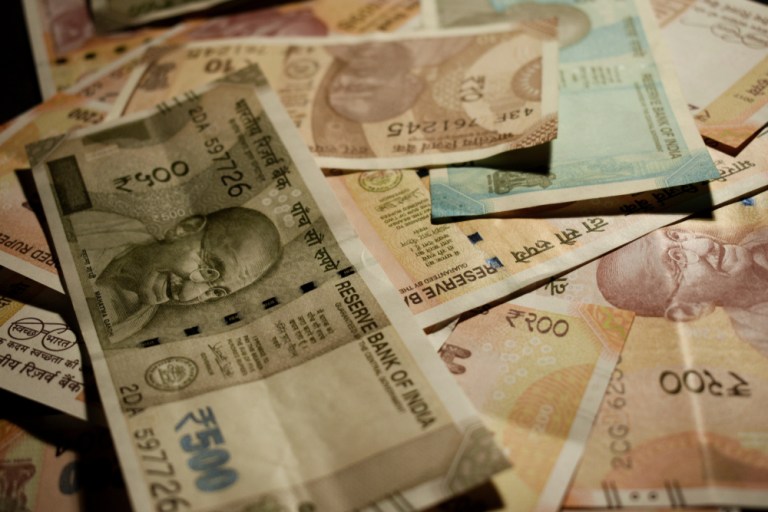NEW REPORT: Why Cash Still Beats Digital Payments In Asia-Pac

India, China and their powerhouse Asia-Pacific neighbors boast a massive regional cash economy, with residents spending a total $5.6 trillion in cash in 2016. But with some of the region’s governments demonetizing high-value notes and encouraging the use of digital payments, cash is now seeing growth in competition.
 But while some consumers in the region have been receptive to demonetization, others remain reluctant, citing privacy concerns and practicality behind their preference for printed legal tender. These trends suggest that it is not always lack of access to technology, but rather personal preference, that continues to keep cash in high demand among Asia-Pacific consumers.
But while some consumers in the region have been receptive to demonetization, others remain reluctant, citing privacy concerns and practicality behind their preference for printed legal tender. These trends suggest that it is not always lack of access to technology, but rather personal preference, that continues to keep cash in high demand among Asia-Pacific consumers.
The latest Global Cash Index™, Asia-Pacific edition, works to examines country-specific economic, political and cultural factors that explain why some regional economies remain so heavily cash dependent, while others have been quick to succumb to digitization.
 The circumstances driving local payment preferences are as diverse as their cultures. In China, for example, the ubiquity of Alipay and WeChat pay makes them extremely popular. Meanwhile, many Singaporeans feel overwhelmed by the sheer volume of digital payment methods, and instead prefer using cash. And in India, consumers still overwhelmingly prefer to use cash.
The circumstances driving local payment preferences are as diverse as their cultures. In China, for example, the ubiquity of Alipay and WeChat pay makes them extremely popular. Meanwhile, many Singaporeans feel overwhelmed by the sheer volume of digital payment methods, and instead prefer using cash. And in India, consumers still overwhelmingly prefer to use cash.
Other key findings from the latest Global Cash Index™, Asia-Pacific Edition include:
- 27.3 percent: Projected weighted average cash share of the Asia-Pacific region by 2021
- In India, there are only 16 ATMs per 100,000 people
- 92 percent of all printed legal tender in Japan are 10,000 yen notes
To learn more, download the Index.
About the Index
The Global Cash Index™, a Cardtronics collaboration, focuses on the use of cash for making payments and as a payment method that equally plays a role with cards, checks, direct debit and other methods of settling up between consumers and businesses. Unlike most reported estimates of cash, our proprietary data analysis focuses on the use of cash for making payments rather than hoarding.